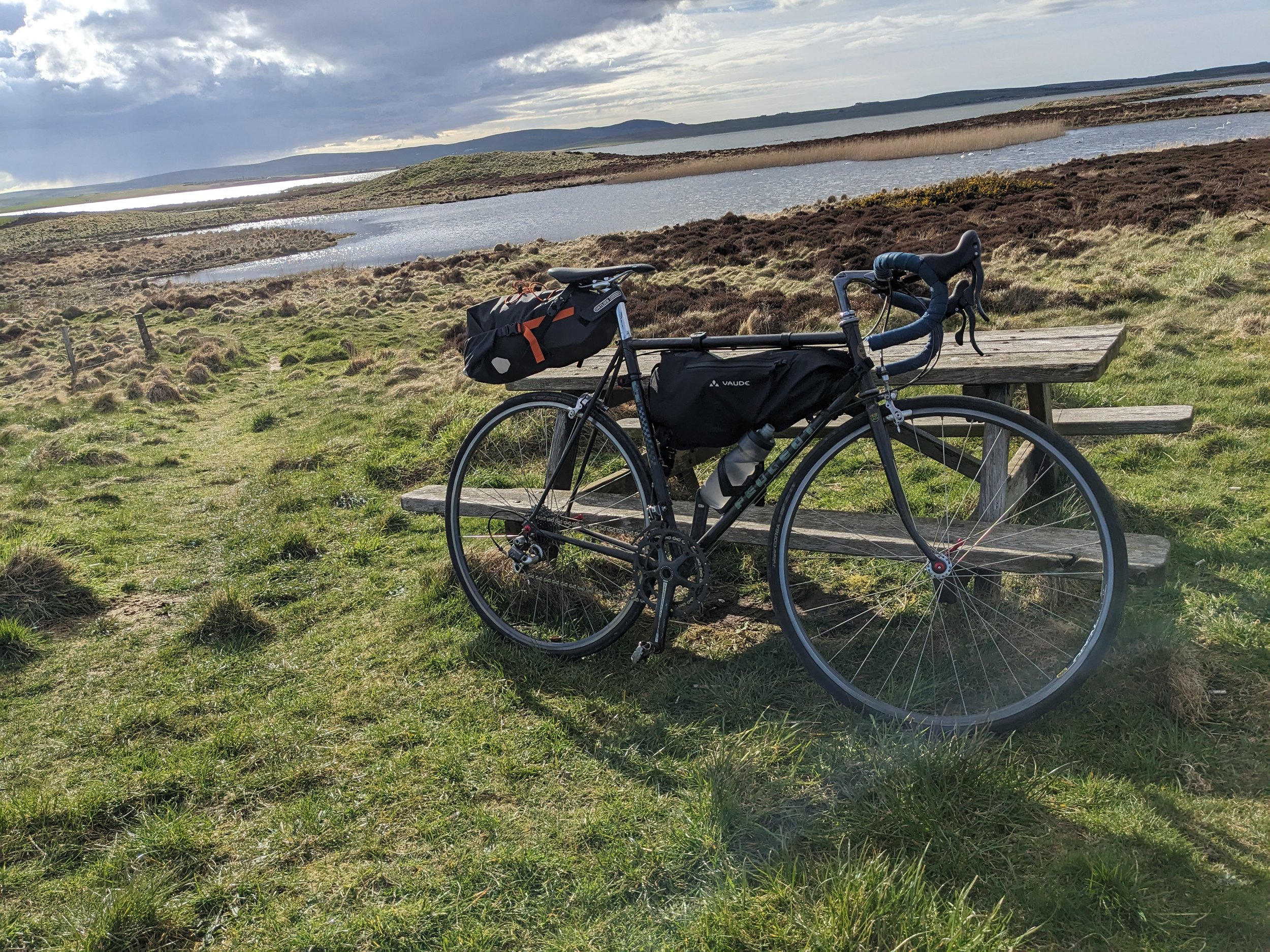Why I decided to tour neolithic Scotland by bike
A whim goes too far
I look forward to the moment. I’ve bumped into an acquaintance I haven’t seen in a few months and we exchange pleasantries about what we’ve been up to and I tell them about my new podcast, Stone Me.
About how I’m cycling (and sailing, and going by train) to the remotest corners of Scotland to interview archaeologists at ancient sites that are sometimes little more than a few holes in the ground.
It happens: they struggle to put it politely, engage in verbal contortions to try not to be insulting. They try to mask their surprise and ask about ‘the thinking behind the project’ or ‘whether I studied archaeology’, but what they all want to say is: why the hell are you doing that?
And even now, after countless trips through the wind and rain, cancelled ferries and bike mechanical problems, I’m not sure I have a short answer.
I’ve always loved old history – the older the better. Not for me the perfectly, accurately chronicled second world war or Russian revolution. I gravitated to the period with the fewest documents, the scantest evidence, the biggest gaps where you could begin to tell stories. I love the speculation, the shifting sands, the clash of competing ideas as people try to work out what happened a long, long time ago.
Most of all I love that we’ll never know.
I wanted to travel, slowly and under my own steam as much as possible, to these wild places where standing stones and cairns and rock art still survived – somehow, miraculously – and see and hear and smell these places for myself.
These were the most sacred places of our most ancient ancestors and by the miracles of preserving peat bog, accident and modern archaeological science we know an incredible amount about them.
We know who they were, where they came from, what they ate and some of how they built these towering edifices to themselves, to the land, to the spirits. We know how far and wide their social and economic networks extended and we know how they treated their dead.
But there is so much we don’t know. What happened in the middle of stone circles? Why did they keep burning their most precious monuments? Why were some abandoned and some used for thousands of years?
These are the mysteries I wanted to pursue. Not because I needed concrete answers, but because of all the incredible things I would learn along the way. Like how they could dig four metre deep ditches into bedrock using antler horns. Or that some monuments were built piecemeal by different groups of people, maybe at different times. Or that a random rocky outcrop, long ignored, might be an ancient sundial by which a huge monument was aligned with the heavens.
It's not an easy answer to give to someone you’ve bumped into in the street, so people mostly come away probably feeling a little bemused. But that’s OK, I’ve learned so much on this journey about the knowledge gaps that remain that I’m more bemused than I’ve ever been. And that’s how I like it.
